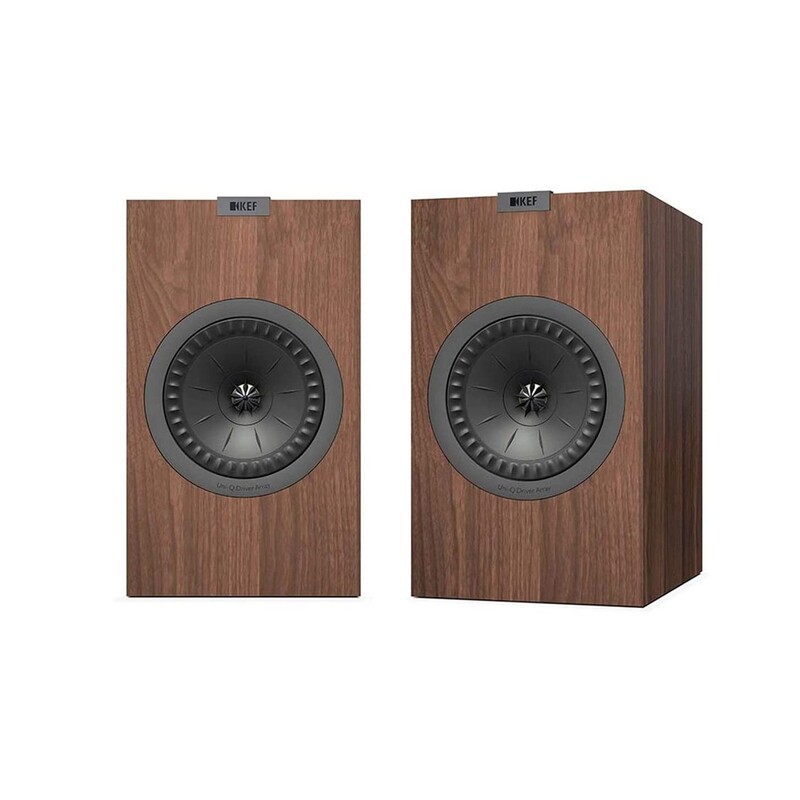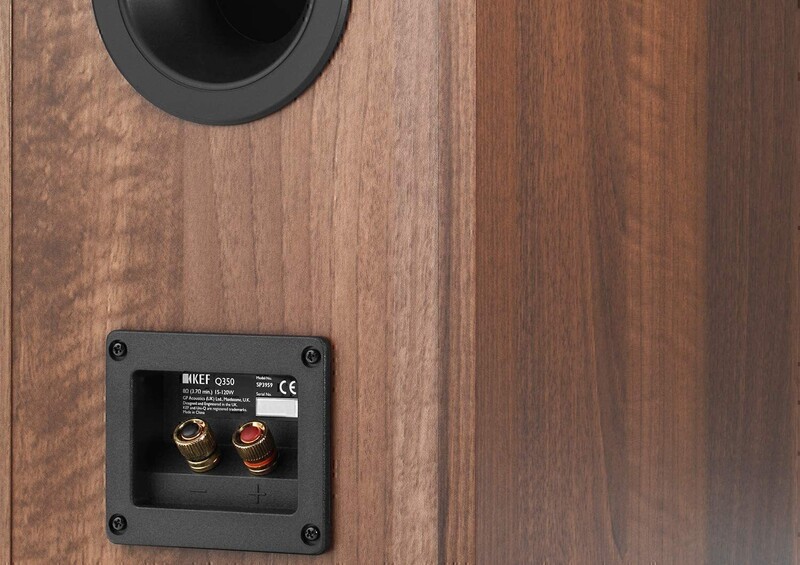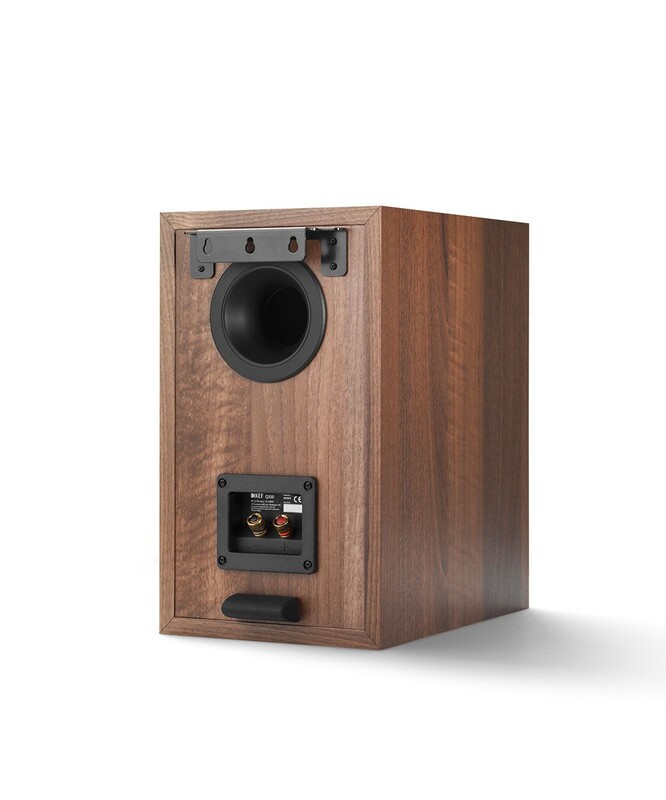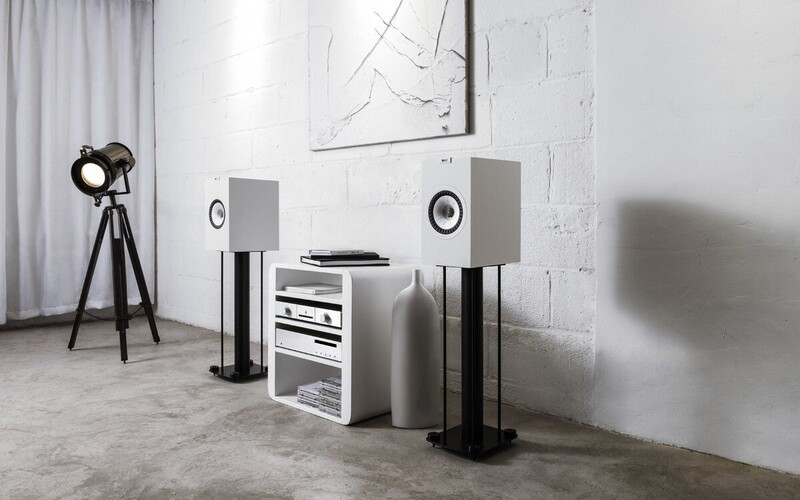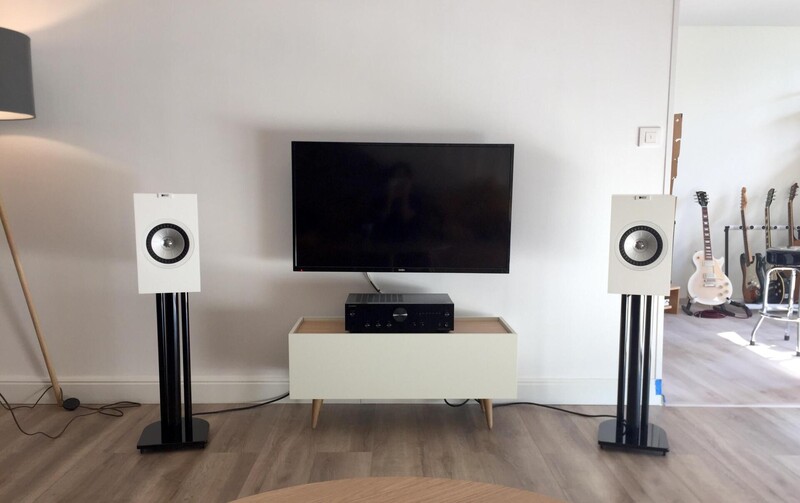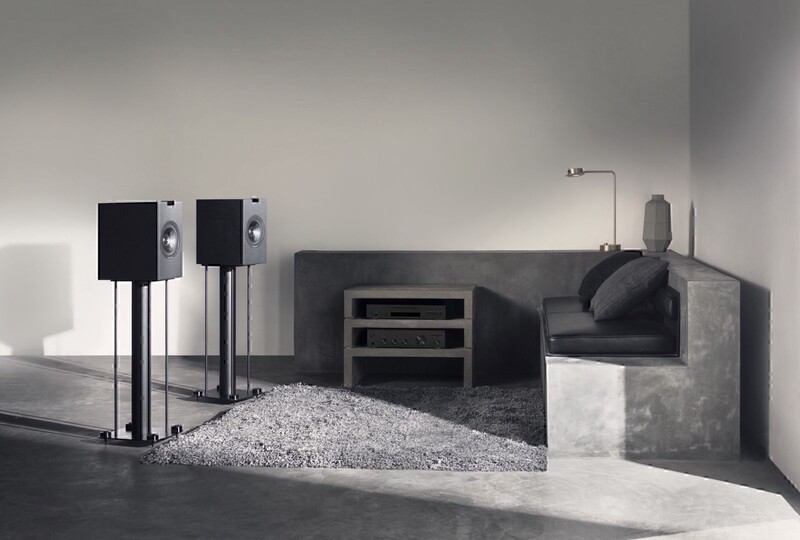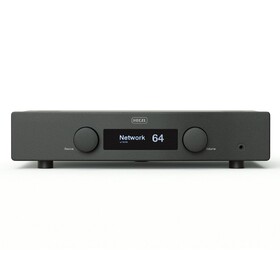Description
Bookshelf speaker system, 2-way, with rear bass reflex, series: Q Series, power: 120 W, frequency range: 63 Hz - 28 kHz, sensitivity: 87 dB, impedance: 8 Ohm, dimensions: 358 x 210 x 306 mm , 362 x 210 x 306 mm (with rubber feet), weight: 7.6 kg.
Product information
The Q350 speaker system is the senior model of bookshelf speakers in the new Q line from KEF. This model uses KEF's unique technology - the Uni-Q speaker, as well as a CFD port. The Q350 delivers detailed, natural sound with high clarity and more pronounced bass. The new eighth generation of KEF Q-Series loudspeakers features a modern design and a range of technological innovations aimed at achieving the highest quality reproduction. From a technical point of view, there are a number of improvements affecting the cabinets, crossovers and speakers, which together bring the playback quality of the new Q-series speakers closer to the sound of the older “R” and Reference lines.
The tweeter of the Uni-Q module received an improved damping chamber, which resulted in improved detail and sound dynamics at high frequencies. In floor-standing models, the Uni-Q driver is “packed” into a closed compartment of the housing, isolating it from the influence of low-frequency speakers, thus, the middle of the sound spectrum has become even more detailed and cleaner, while at the same time intermodulation distortion has decreased.
The developers put a lot of effort into improving the lower frequencies, and the main goal was not so much to increase the amount and depth of bass, but to increase the naturalness of the sound. For this purpose, the structure of the aluminum diffusers and the centering washer in the bass units were modified. For passive radiators used in floor-standing models, the entire suspension system has been optimized, including a new internal suspension made of rubber and a larger external suspension. As a result, the membrane stroke increased and the tuning frequency of passive radiators decreased. Additionally, new low-distortion inductors are used in the low-frequency part of the crossover filters. Together, these improvements improve control, intelligibility and bass dynamics.
The speakers have smooth facades that are advantageous from a design point of view without slots for installing protective grilles. The new speakers look great without grills, although they are provided and are attached using magnets. Another difference between the updated speakers is that the developers abandoned the two-wire connection, so the terminal board has only one pair of acoustic connectors.
Media


